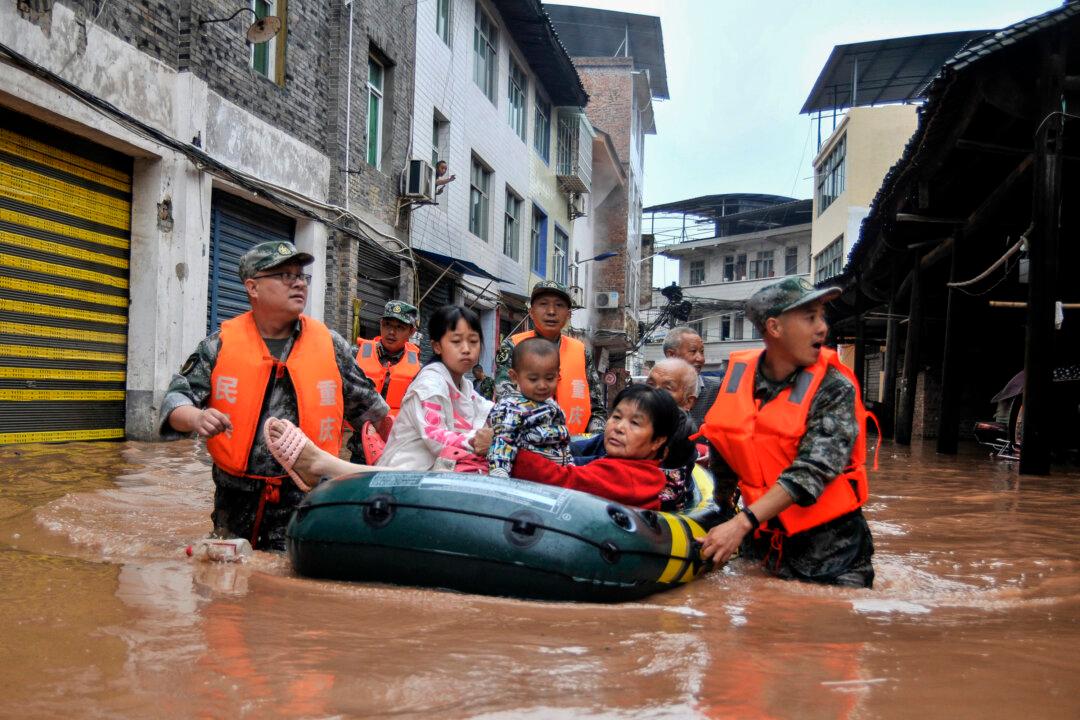China, still grappling with the CCP virus pandemic, has been hit with wave after wave of natural disasters.
Weeks of torrential rainfall has sparked some of the worst flooding in decades, wreaking havoc in 26 provinces across central and southern China and disrupting the lives of more than 19 million people, according to authorities.





